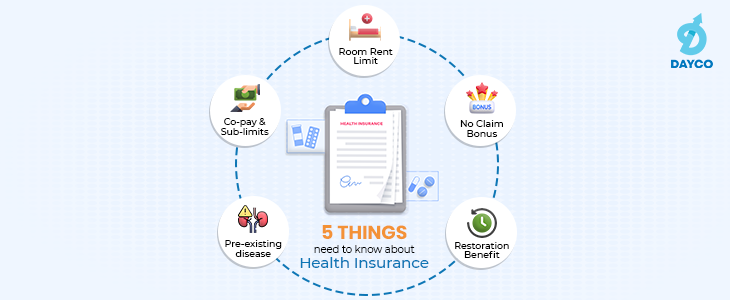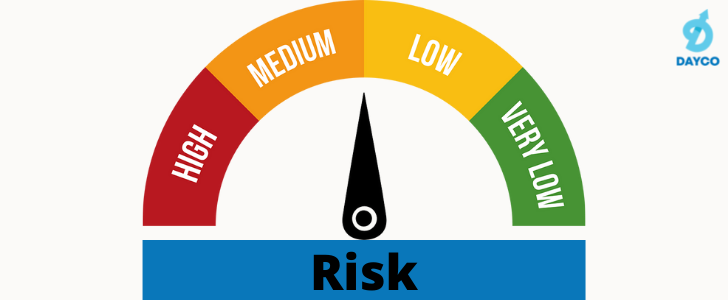What do you usually think of before investing your money?
If you have ever sought financial advice, you would have come across the term risk profiling. Financial advisors are keen to dig out and examine this vital area. So, what is risk profiling all about? Why not just invest your money to generate the maximum returns? Things aren’t that simple. There is a limit to the risk you will be willing to bear for those returns.
What is risk profiling?
The objective of any investment is to generate an optimal rate of return. But every investment involves a certain degree of risk. If there is a higher risk, a rational investor will always demand a higher return. Hence investors who are willing to take higher risks have higher return potential. The objective of risk profiling/assessment is to determine how much risk you are comfortable with. This will help the advisor understand how you may react to various risk situations, and the evaluation ultimately forms the crux of investment recommendations.
Every individual may perceive risk differently. How you may see risk depends on many factors. Broadly there are two crucial elements—your ability to take risks and your willingness to take risks.
What is your ability to take risks? The risk-taking capacity of an individual is determined by a mix of objective factors like their net worth, income level, time horizon, and liquidity requirements. For example, a long-term goal offers you more room to take risks and vice versa. This is because of lower liquidity requirements and higher chances of recovering losses in a longer time frame. Similarly, an individual with a higher income or net worth may have a higher risk-taking ability because of their position to sustain a comfortable lifestyle in case of an investment loss.
Your willingness to take risks is determined by your attitude towards risk. This facet of risk assessment is purely subjective. It depends on factors like your personality, upbringing, financial knowledge, inherent biases, and many more. If you dislike volatility in your investments and favor consistent performance, you are likely to score low on this aspect of your risk profiling. Similarly, an investor who wants maximum returns is willing to absorb significant volatility in their investments will score higher.
Your financial advisor’s job is to understand your risk profile by balancing the above two aspects of your risk profile. The ability and willingness of an investor towards risks may not always correlate; there will be conflicts. Your financial advisor will help you understand where you stand and the implications of these results.
How is risk profiling done?
Risk profiling is usually carried out by a questionnaire. Your advisor may ask you to fill out the questionnaire to analyze your responses to arrive at your risk profile. There is no fixed set of questions for this purpose, and the amount and nature of these questions may vary across advisors. The questions will most likely be a mix of personal and psychometric. A detailed questionnaire will assess your risk profile more accurately.
Bottom Line
The risk in your portfolio is correlated to your asset allocation mix. The primary purpose of the risk profiling exercise is to determine the most appropriate asset allocation suitable for you, proportional to your risk profile. This approach ensures that you are well within your capacity to take risks in your investments.
The overall financial markets are prone to risk, and not every investor can tolerate higher risks in investments. Matching investments with your risk appetite will help you avoid jumping the gun.
If you have a question, share it in the comments below or DM us or call us – +91 9051052222.
We’ll be happy to answer it.
– Nischay Avichal
















